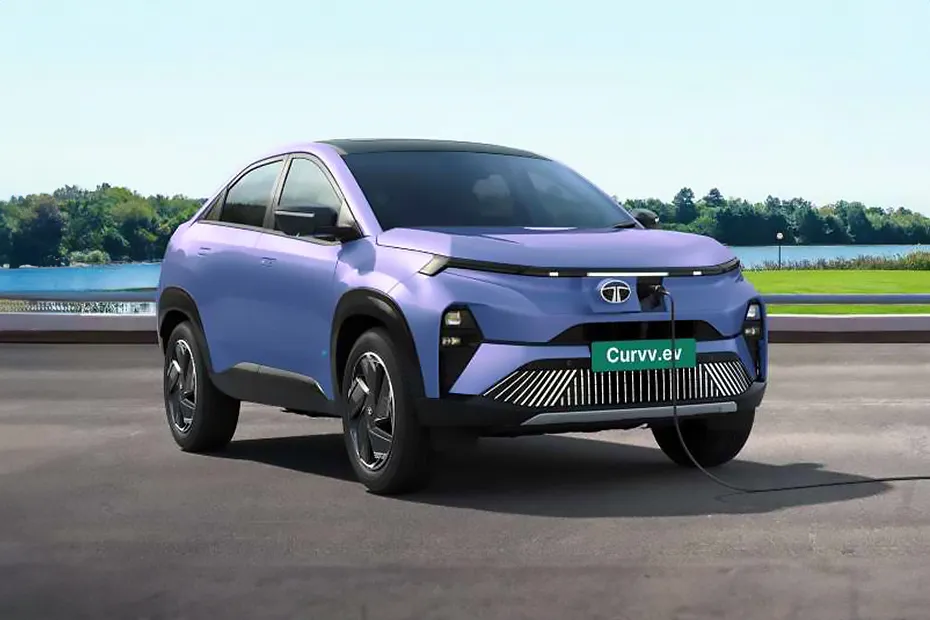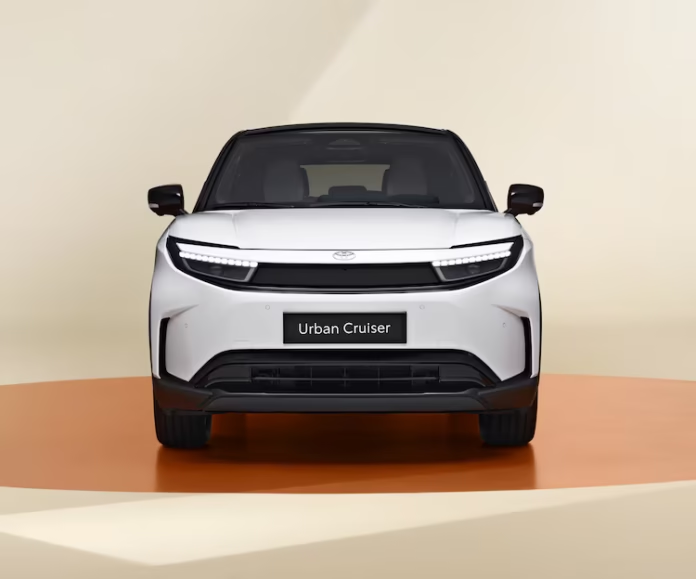India’s bold attempt to become a global hub for electric vehicle (EV) manufacturing is facing unexpected challenges. The Scheme to Promote Manufacturing of Electric Passenger Cars in India (SPMEPCI), launched in March 2024, was designed to be a game-changer for the automotive industry. However, the road to success has been anything but smooth.
Table of Contents
What’s the Big Deal?
The Indian government introduced a groundbreaking initiative aimed at attracting global automakers to set up production units in the country. The scheme offers tantalizing incentives:
- Minimum investment requirement: $500 million (₹4,150 crore)
- Localization targets:
- 25% local content within three years
- 50% local content within five years
- Allowance to import up to 8,000 EVs annually

The Current Roadblock: No Takers?
Surprisingly, not a single automaker has formally applied to the scheme. Major players like Hyundai, Skoda-Volkswagen, and Toyota were reportedly considering participation as of November 2024, but have yet to make a move.
Why Are Manufacturers Hesitating?
Several factors are contributing to the scheme’s lukewarm reception:
- Stringent Investment Requirements: The $500 million minimum investment is a significant barrier for many manufacturers.
- Localization Challenges: Achieving 25-50% local content within such a tight timeframe is proving difficult.
- Global Economic Uncertainties: Fragmentation in the global automotive market and focus on local businesses are impacting decisions.

A Glimmer of Hope: Potential Modifications
The Indian government is now exploring a game-changing modification. They’re considering allowing investments in EV charging infrastructure to count towards the $500 million minimum investment threshold. This could be a strategic move to make the scheme more attractive to global manufacturers.
Notable Developments
- VinFast, the Vietnamese automaker, has already begun construction of an EV plant in Tamil Nadu in February 2024
- The Ministry of Heavy Industries has been proactively reaching out to global original equipment manufacturers (OEMs) through the Society of Indian Automobile Manufacturers (SIAM) to gauge investor interest

What’s Next for India’s EV Ambitions?
The government’s willingness to adapt the scheme suggests a commitment to becoming a global EV manufacturing hub. Experts like Abhijeet Sinha from Ease of Doing Business see potential in diversifying foreign direct investment beyond manufacturing into charging infrastructure.
The Bottom Line
India’s EV manufacturing scheme stands at a critical crossroads. While the initial response has been tepid, the government’s proactive approach and willingness to modify the policy could yet turn the tide.
Stay Tuned
The automotive world is watching closely. Will India succeed in becoming a global EV manufacturing powerhouse? Only time will tell.
FAQs:
Why haven’t global automakers yet applied to India’s EV manufacturing scheme?
The $500 million minimum investment and strict localization requirements (25-50% local content) have deterred manufacturers from immediately jumping on board.
What makes India’s EV manufacturing scheme so unique?
The scheme offers incentives like allowing import of up to 8,000 EVs annually and is now considering counting EV charging infrastructure investments towards the minimum investment threshold.
Is there any hope for the scheme’s success?
Yes. The Indian government is proactively modifying the policy and reaching out to global manufacturers, showing commitment to becoming an EV manufacturing hub.
What’s the current status of the EV manufacturing in India?
While major manufacturers are hesitant, some progress is visible, such as VinFast’s EV plant construction in Tamil Nadu, indicating potential future developments.


